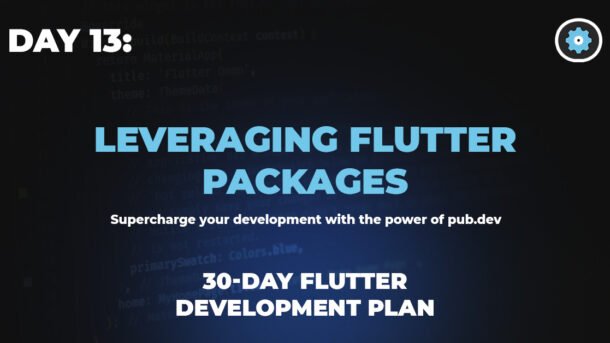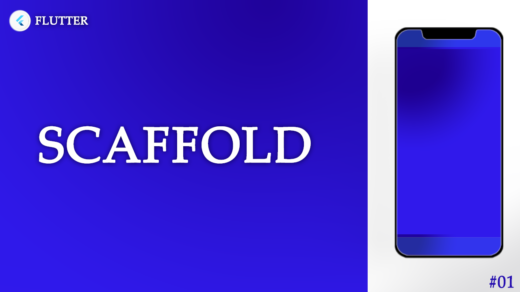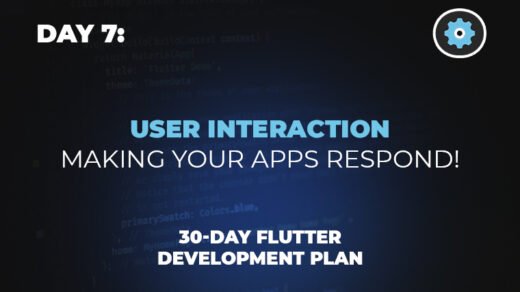Day 13: Leveraging Flutter Packages
Supercharge your development with the power of pub.dev
Unlock Flutter’s True Potential
Welcome to Day 13 of our Flutter journey! Today we’re diving into one of Flutter’s most powerful features – its package ecosystem. With over 25,000 packages available, you can add incredible functionality to your apps without writing everything from scratch.
What Are Pub Packages?
Pub packages are reusable code libraries that solve common problems so you don’t have to reinvent the wheel. They come in three main flavors:
Plugins
Access native device features like camera, GPS, sensors, and more through platform-specific code.
Dart Packages
Pure Dart code that adds utilities, helpers, or implements complex algorithms.
UI Kits
Pre-designed widgets, screens, and components to accelerate UI development.
Finding Packages on pub.dev
The official package repository for Dart and Flutter apps is pub.dev. Here’s how to evaluate packages effectively:
Check Health Metrics
Evaluate Maintenance
Look for packages that have been updated in the last 6 months. Check the “Last Updated” date and review the changelog to see how actively maintained it is.
Review Documentation
Good packages have clear documentation with usage examples. Check the README and example folder to see how easy it is to integrate.
Adding Packages to Your Project
Adding packages to your Flutter project is a straightforward process. Here’s how to do it:
dependencies:
flutter:
sdk: flutter
# Add your packages here
url_launcher: ^7.0.0 # Open browser URLs
shared_preferences: ^2.2.0 # Local storage
http: ^0.13.5 # HTTP requests# Run in your terminal:
flutter pub getimport 'package:url_launcher/url_launcher.dart';
import 'package:shared_preferences/shared_preferences.dart';
import 'package:http/http.dart' as http;Practical Examples
Example 1: url_launcher
Open web URLs, send emails, make phone calls, and more with this versatile package.
void _launchURL() async {
const url = 'https://flutter.dev';
if (await canLaunch(url)) {
await launch(url);
} else {
throw 'Could not launch $url';
}
}
// Usage in a button:
ElevatedButton(
onPressed: _launchURL,
child: Text('Visit Flutter Website'),
)Example 2: shared_preferences
Store simple data persistently on the user’s device with this key-value storage solution.
// Save data
void _saveData() async {
final prefs = await SharedPreferences.getInstance();
await prefs.setInt('counter', 42);
await prefs.setString('username', 'flutter_dev');
}
// Read data
void _readData() async {
final prefs = await SharedPreferences.getInstance();
final counter = prefs.getInt('counter') ?? 0;
final username = prefs.getString('username') ?? 'Guest';
print('Counter: $counter, Username: $username');
}
// Remove data
void _removeData() async {
final prefs = await SharedPreferences.getInstance();
await prefs.remove('counter');
}Your Challenge
Create a settings screen that:
- Stores the user’s name and theme preference using shared_preferences
- Has a button that launches your GitHub profile using url_launcher
- Includes a switch for dark mode that persists between app launches
This will help you practice both packages together!
Best Practices
- Version constraints: Use caret syntax (^7.0.0) for safe updates
- Audit regularly: Run
flutter pub outdatedto find updates - Check licenses: Especially important for commercial projects
- Minimize dependencies: Only add what you need to keep app size small




